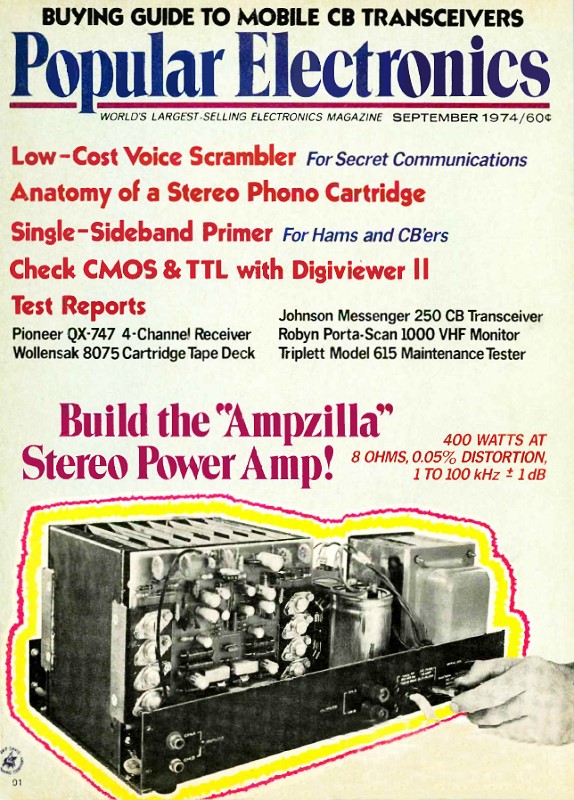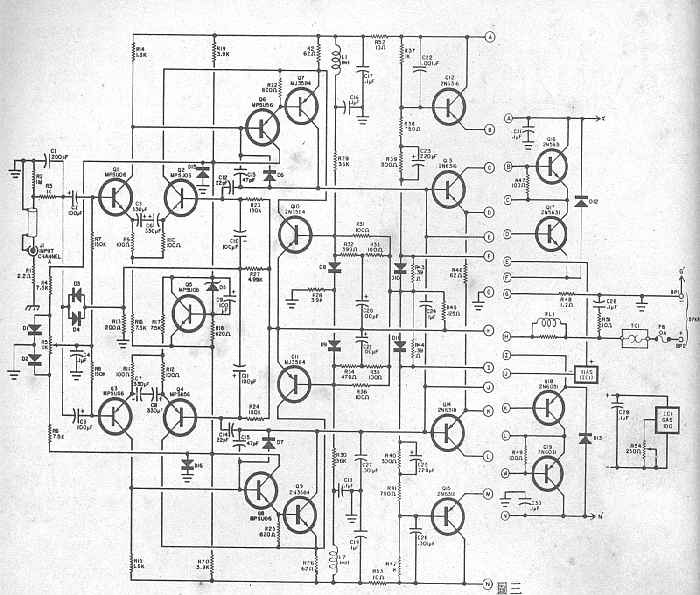| Columns Retired Columns & Blogs |
Perhaps should be mentioned with this preamplifier. My understanding, perhaps incorrect, is that James Bongiorno was still working at SAE when he designed Ampzilla as a kit for Popular Electronics, and soon after left SAE and started GAS with Ampzilla as his first product.







































